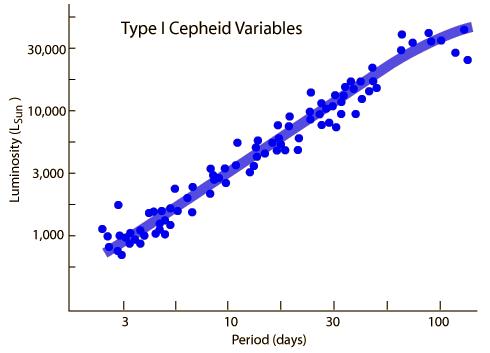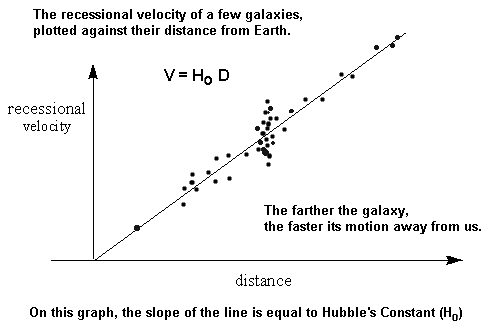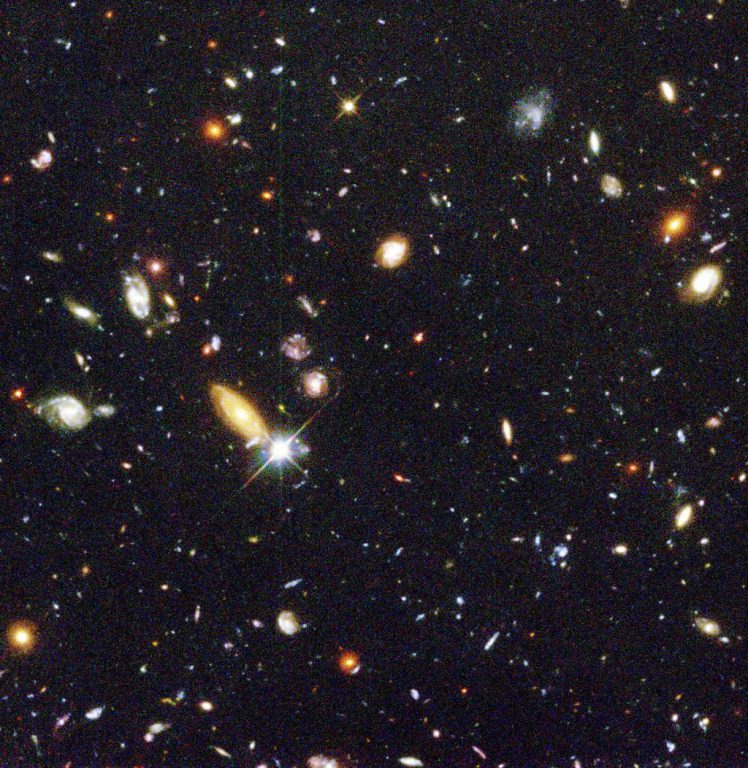“If I have seen further than others, it is by standing upon the shoulders of giants.”
Isaac Newton
Introduction:
Over the last 490 days, I have been creating an interesting daily knowledge titbit called “Standing on the shoulders of giants”. The title is inspired by the words of Sir Isaac Newton. As part of my work at NumberNagar ®, I have consistently kept at this for more than a year. I have noticed that this gives me a daily brush up of scientific literature created by stalwarts of our civilisations over hundreds of years.
Last week I was working on this knowledge bit and read about Edwin Hubble and Hubble’s law. This made me think about the nature of the empirical laws of Physics. As a student of Physics and a professional astronomer, I appreciate the importance of these laws.
Empirical Laws:
Empirical laws are the laws primarily derived based on observed data. They may or may not be derived from first principles. The laws governing the universe are typically empirical. Let me take you through some of the laws that define the universe.
Kepler’s laws of planetary motion –
These laws were arrived at by Johannes Kepler based on the observational data of Tycho Brahe. The story goes like this. Tycho Brahe had observed the position of planets over many years but had not shared his data with anyone. In the final years of his life, he called upon Kepler and shared his data.
When Kepler plotted the observation of positions of Mars around the solar orbit, he realised that the orbit was not circular. Circular orbits of planets were the accepted theory at that time. Tycho was known for the precision of his measurements. Because Kepler believed in the authenticity of his Tycho’s measurements, he did not reject this anomaly as an error. He made the brave attempt to draw the first law of planetary motion purely based on Tycho’s observations.
First law of planetary motion: “Planets go around the Sun in elliptical orbits with Sun at one of the foci of the ellipse.”
Second law of planetary motion: “The line joining a planet to the Sun sweeps out equal areas in equal intervals of time.”
Third law of planetary motion: “The square of the time period of the revolution of the planet is directly proportional to the cube of the semi-major axis of its orbit.”
T² ∝ a³
Why is this story important? If Kepler had not believed in the authenticity of Tycho’s data, it would have taken a few more centuries to realise these laws. These laws form the basis of all present-day space travel calculations, with necessary modifications and enhanced precision.
Period Luminosity Relation –
In the year 1912, Henrietta Swan Leavitt made a series of observations of a class of variable stars called ‘Cepheid Variables’ in the large Magellanic Clouds. Based on these observations, the Period Luminosity Relation was formulated. This is a perfect example of an empirical law. The beauty of this law is that there is no statement and formula for it. The period of variation and the luminosity of Cepheid Variables show a specific relation to each other as shown in the graph. For any new Cepheid variable in other galaxies, you must measure the period of variation and then plot it on the standard graph to get its luminosity (from which apparent magnitude can be derived).

Again, the question is, why is this important? This relation forms the basis of measuring distances of stars and galaxies from the Earth.
The distance modulus relation –
This is a relation between the absolute magnitude and apparent magnitude of stars which gives their actual distance from the Earth.
m – M = 5 log d – 5
where,
m – is the apparent magnitude (For Sun this is – 27)
M – is the absolute magnitude (For Sun this is 4)
d – is the distance of the star from the Earth in parsec (pc)
The Cepheid variable measurement gives us the value of m and we have the standard M values for each type of star. So, these two formulae give us the distance of stars and galaxies which are otherwise very difficult to estimate.
The Hubble’s law –
Now for the ultimate empirical law of all – “The farther the galaxy, the faster it is moving.”
V = H0 D
where,
V – is velocity in km/s
D – is the distance of the star from the Earth in mega parsec (106 pc; 1 pc = 3.26 light years)
H0 – Hubble Constant

Pay attention to the Hubble constant – H0 here. The inverse of the Hubble constant gives the age of the universe. This is an empirical law that gives us the idea of an expanding universe. This challenged the then belief of a static universe that even Albert Einstein used in his General Theory of Relativity.
Parting words:
This is the beauty of the scientific method. It allows you to make an assumption to arrive at an explanation. If the assumption is challenged or proved wrong by observations, it allows you to work on the assumption and make a new theory that fits the observations.
I hope I was able to pique some interest on the importance of empirical laws and formulae. These form the backbone of big data analysis that’s widely used in today’s world. A great mind sees what an ordinary mind fails to see. So, observe and pay attention to the world around you. Happy learning!
Featured image credit: https://www.jpl.nasa.gov/spaceimages/details.php?id=PIA12110
Sriraghavan S M
Latest posts by Sriraghavan S M (see all)
- Why self-directed learning is the need of the hour - 2 July 2021
- Discovering my teaching method - 8 January 2021
- Finding Balance - 23 October 2020
- A case for Alternative Learning - 9 October 2020
- Why I am a teacher - 4 September 2020


Usually, I never comment on blogs but your article is so convincing that I never stop myself to say something about it. You’re doing a great job Man, Keep it up.